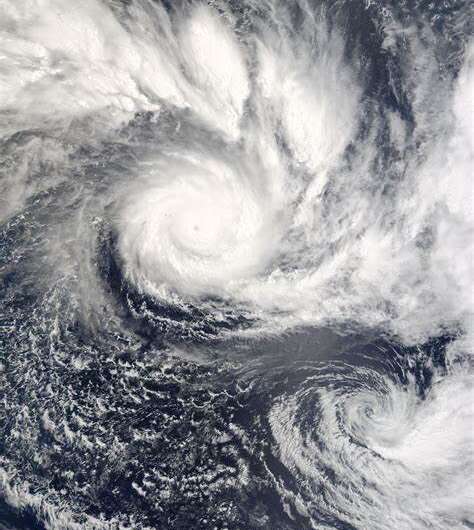Phys.org May 15, 2023
Researchers in China conducted experiments by varying the radius of maximum wind (RMW) and shape parameter b of the initial vortices. The size–intensity relationship was quantified by the linear regression coefficient of the azimuthally-averaged gale-force wind radius against the maximum wind during the development stage, reflecting the degree of size expansion at the same intensity increment. The regression coefficient increased with increased RMW and decreased b, with the RMW being the primary constraint. Enlarging the RMW led to a secondary circulation with a horizontally elongated structure, which retards the intensification while expanding the size. Broadening the wind field outside the RMW by reducing b resulted in abounding convection in the outer region, which promoted size expansion. When the RMW is large, the active convection in the outer region can weaken the radial inflow induced by the eyewall heating in the inner region and retard the intensification by reducing the radial imports of vorticity near the RMW… read more. TECHNICAL ARTICLE

Tropical cyclones Olaf (top) and Nancy (bottom) on February 16, 2005, over the South Pacific. Credit: MODIS Rapid Response Team, NASA-GSFC